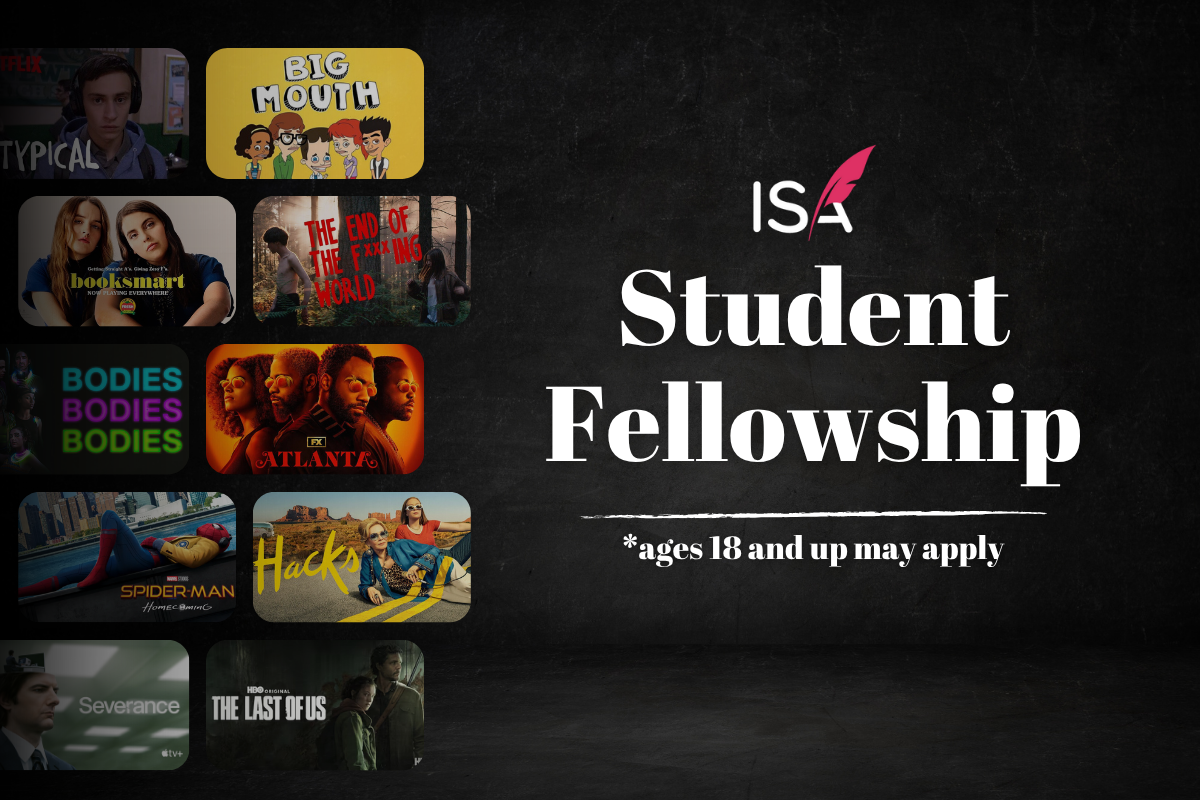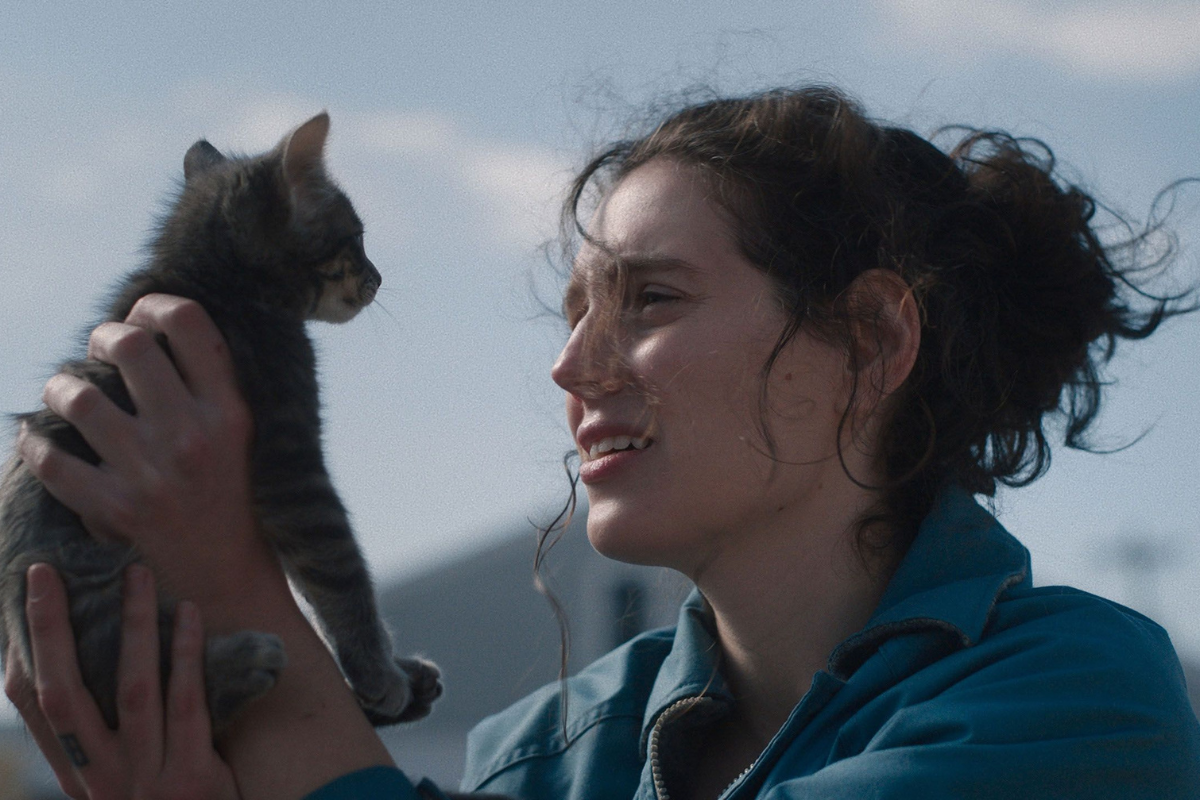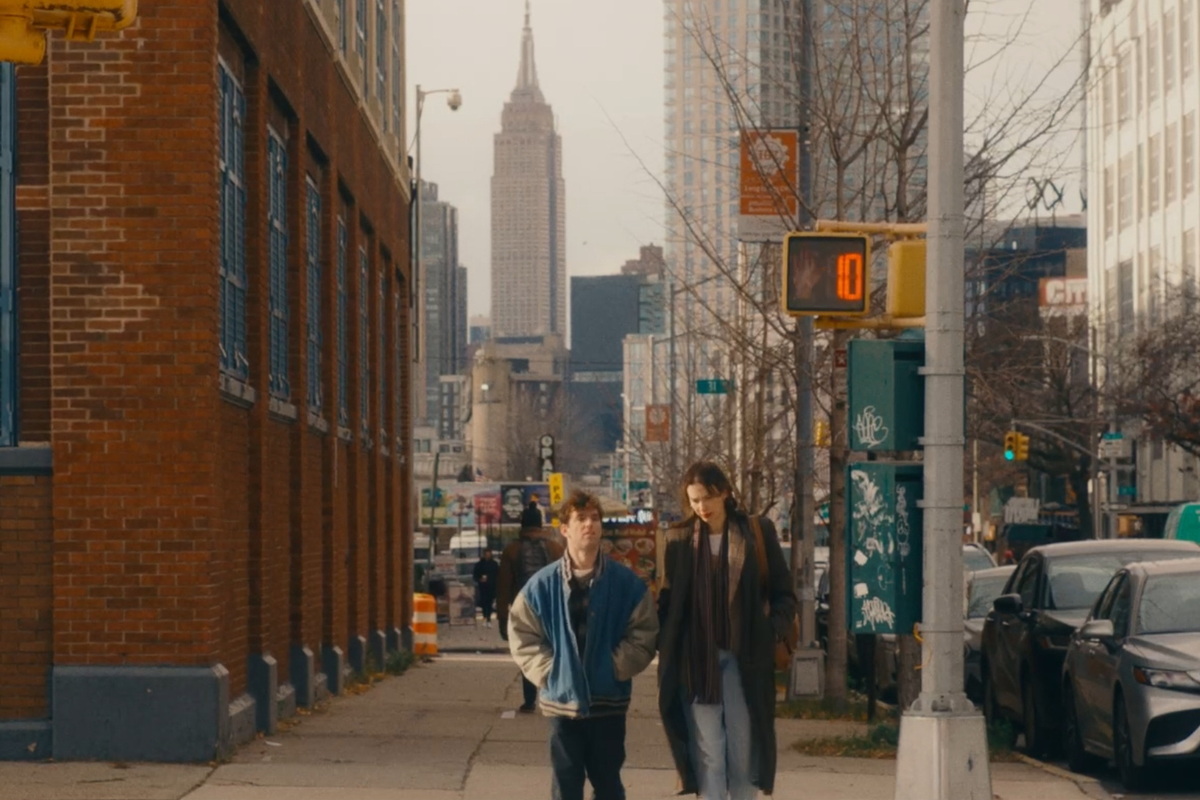INTERVIEW: Screenwriter Erin Cressida Wilson Brings ‘The Girl on the Train’ to Life
Erin Cressida Wilson spoke with Script magazine, about bringing the gripping tale, The Girl on the Train, to life.
Career journalist Andrew Bloomenthal has covered everything from high finance to the film trade. He is the award-winning filmmaker of the noir thriller Sordid Things. He lives in Los Angeles. More information can be found on Andrew's site: www.andrewjbloomenthal.com. Email: abloomenthal@gmail.com. Twitter: @ABloomenthal
The legions of readers who made Paula Hawkins’ The Girl on the Train a best-selling phenomenon are bound to heartily dig its film counterpart—artfully adapted for the screen by Erin Cressida Wilson. With its moody tone, torrid secrets, and one-step-ahead-of-you plot that features some serious boundary blurring, Girl, simply put, is a hell of a yarn.
Emily Blunt portrays Rachel Watson, whose daily rail commute from Manhattan to the outer suburbs involves ritually peering into homes as they whiz by. She takes a special interest in Megan (Haley Bennet) and Scott (Luke Evans), a picture-perfect couple seen nuzzling, sipping coffee and otherwise torturing Rachel with reminders of the domestic bliss she once enjoyed just two doors down, in the house her ex-husband Tom (Justin Theroux) now occupies with his new wife Anna (Rebecca Ferguson), and the baby Rachel couldn’t give him. Rachel’s heart still bleeds, and ours bleeds for her. Is it any wonder she takes it personally, when she spies Megan kissing a stranger on her balcony?
But when Megan mysteriously vanishes, Rachel the observer becomes Rachel the participant, telling the police what she saw. Not that she’s the most reliable witness, with her rampant alcoholism and propensity for blackouts. And it doesn’t help that she was in the area when Megan disappeared, but can’t remember why. Nor can she recollect how she got home that night, only to wake up covered in her own blood.
Cressida Wilson, best known for penning the sexy psycho-thriller Secretary, was drawn to the book for the way it invited readers to vicariously defy the cultural taboos of voyeurism.
“I’ve always been interested—both personally and in terms of literature in cinema—in voyeurism, but that’s always been sort of a ‘pervy’ thing. But suddenly, Paula [Hawkins] was able to make it a tale for everybody,” explains Cressida Wilson, who spoke with Script magazine, about bringing this gripping tale to life.
Script: What was your primary task in adapting the novel for the screen?
Erin Cressida Wilson: Probably organization. Deciding what to get rid of and what to pull from the book, which is a sentence-to-sentence, word-to-word process. And then it’s really all about figuring out what I can add to create a tone that‘s filmically the same as the literary tone, because tone is the most important thing, and I almost think you could do anything you want, after that.
Script: What’s an example of an additive element you brought to the story?
ECW: I added the Alcoholics Anonymous scene because I wanted a very clearly delineated moment where Rachel tries to become sober after she hits one of her bottoms. And in an early draft, I also wrote a character who was Rachel’s sponsor and became her confidant, in order to give her someone to express her inner monologue and concerns to, but that character ended up going by the wayside and getting swallowed by Rachel’s roommate Cathy, played by Laura Prepon.
Script: What elements of the book felt cinematic to you?
ECW: Paula’s language and her ability to paint pictures allowed me to see the book so clearly, that I could almost see the camera movements. But it was also her ability to place us inside these women’s eyes and to guide us through the female gaze of the world, which is exciting, but also very sensual and evocative. There’s a sadness to the book—a melancholy, that’s almost delicious. It’s a feeling of longing and desire that’s torturous, yet you can’t turn away from it, like sad memories you want to keep feeling, just because you like to feel. And the book is also about the basic fear of self—about a woman going mad.
Script: The three female characters, Rachel, Anna and Megan, each carry unique baggage. How difficult was it to jockey between their three perspectives?
ECW: I come from a theater background and I’ve written plenty of non-linear work, so I wasn’t scared of the fractured narrative, and so the idea of multiple points of view didn’t seem strange to me at all. And even though it’s mainly Rachel’s story, I always knew I would widen the POVs to include all three women. But it would be pretty tedious to jockey between three different voice-overs, so I opened with Rachel’s voice over, then in order to avoid a second voice-over, I tricked in Megan’s voice-over with a pre-lap, which at first glance looked like a voice-over, but then we see that Megan’s actually in a shrink session, talking to her therapist. To some degree, I got this idea from the book, but I was also influenced by the opening scene in Sex, Lies, and Videotape. I then also tricked in Anna’s voice-over in pre-lap, where it turns out she’s actually talking to her baby. So by establishing the three POVs from the beginning, it’s easy to come back to their points of view, but I always really wanted to prefer Rachel and give her the only true voice-over, because the film is very much about her fantasy.
Script: Can you define “pre-lap”?
ECW: Pre-lap just means hearing the dialogue or monologue from the next scene in the current scene, indicated on the page with a parenthetical. It’s an important device because screenplays are very much about transitions and puzzle building; about organization and reorganization, and if your transitions don’t work, you have a dead document.
Script: Did Rachel’s severe intoxication influence the cadence of the dialogue you wrote for her?
ECW: The only thing that changed in writing for Rachel when she was drunk was that she was more blunt and honest and open. I’ve spent my entire life around alcoholics, so I know that a smart person who’s drunk is a smart drunk, and a dumb person who’s drunk is a dumb drunk, so Rachel’s intoxication didn’t influence the dialogue tremendously. But Emily’s slurring is just so good, that I don’t really notice it. It feels like she’s trying not to slur, and we all know that the best way to play a drunk is to not slur and not weave and fight the drunkenness, and Emily does that beautifully. She’s just pushing through.
Script: The film is philosophically about crossing boundaries—both emotional and physical, but it’s specifically about three women acting viciously towards each other. Was it difficult to marry broad concepts with specific plot turns?
ECW: In the film we see three women in their own prisons, circling around their little cages like gerbils, and they cast one another as the enemy, when they’re actually on the same side. But Rachel is on a moving train, looking at backyard after backyard after backyard, and to me, it’s like the pages on Facebook showing one perfect view after another, into someone’s life, but really not scratching below the patina of it. It’s like never stepping off that train, into those people’s real lives. But then Rachel actually steps off the train and faces life, she faces reality and she faces herself. Most importantly: she faces her fears. It’s safe and stuck to stay in a voyeuristic spot, but it’s so exciting when you step out of it.
Script: Tom left Rachel for Anna, but then started stepping out on Anna, and there’s a theory that people leave the way they came, therefore if a woman steals a man from one marriage, he’ll ultimately leave her for someone else. Thoughts?
ECW: I haven’t personally experienced that as much as one might think, but I will say that people always blame men for marital infidelity. But the men must be sleeping with someone, and the woman he’s sleeping with must be cheating on her husband too, unless every single woman who has an affair with a married man isn’t married. So I think men get a bad rap. But I also think people come to a lot of moral conclusions about other people’s marriages, when there are as many types of marriages as there are people.
Script: After you decided to relocate the film from London to New York, director Tate Taylor insisted that Emily Blunt retain her British accent to emphasize her loneliness and isolation. Did you embrace this idea?
ECW: From the beginning, I placed the film in America along the Hudson because I never considered the location to be in a country, so much as on a train, and in the imagination and fantasies and pain of a woman. So in adapting the setting to America, obviously the dialogue became different, but when I heard Emily was going to play this part, I didn’t think, “Oh, she’s British.” I thought, “Oh, she’s amazing.” I love her acting, and her comic timing is spectacular, which often leads to incredible dramatic acting. So I was happy when they said they were keeping her British accent, because I thought her rhythms were going to really work well with her drunkenness and humor and pain. And as for her being an outsider, I live in New York City, and I can go through a whole day without speaking to anyone with an American accent. I love that about America, and I certainly hope we can retain that diversity forever.
Script: Was that a veiled comment about the current presidential race?
ECW: I’ll let you read between the lines.
- More interviews by Andrew Bloomenthal
- Get our FREE Tips on Acquiring Book Rights and Writing an Adaptation today!
- Andrew Burrows-Trotman to Pen Adaptation, 'If We Left'
Get tips on adaptation in webinar
Using Adaptations as the Perfect Source for Your Script
Career journalist Andrew Bloomenthal has covered everything from high finance to the film trade. He is the award-winning filmmaker of the noir thriller Sordid Things. He lives in Los Angeles. More information can be found on Andrew's site: www.andrewjbloomenthal.com. Email: abloomenthal@gmail.com. Twitter: @ABloomenthal







